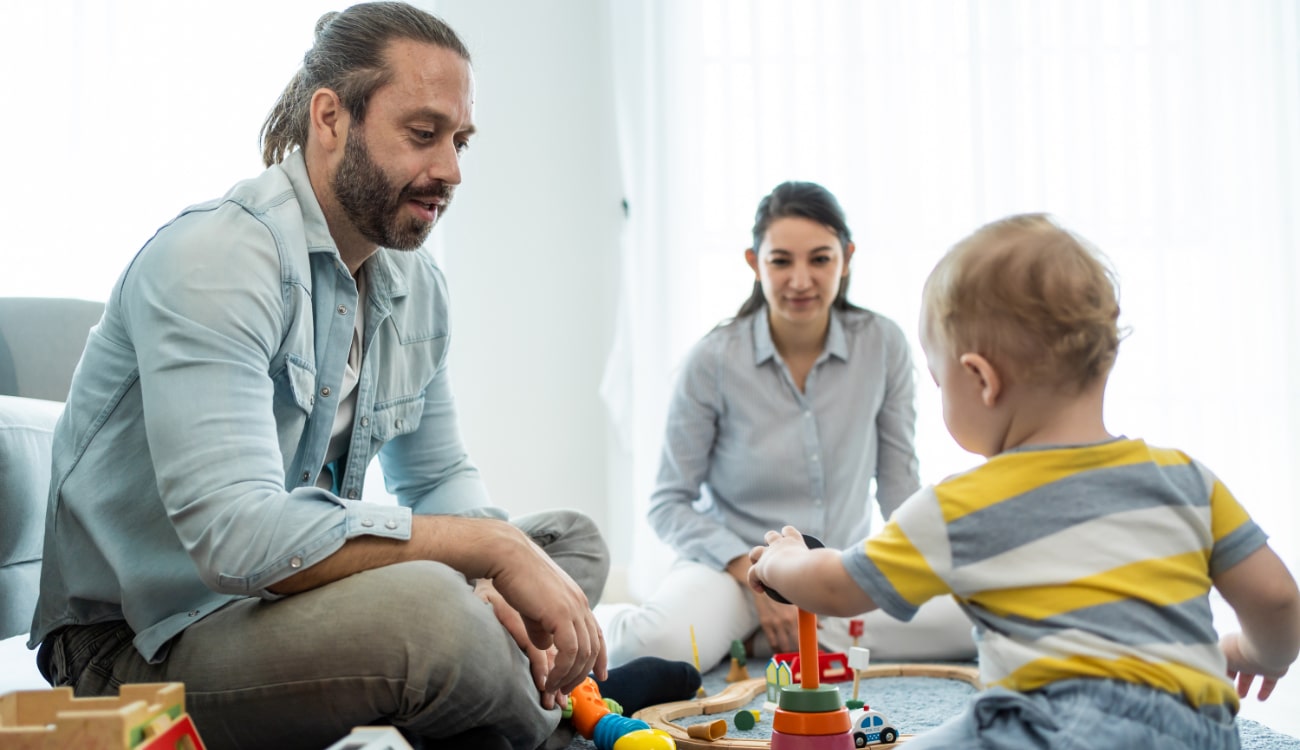When a child or young person struggles with learning or development, it’s natural to want to understand why. But the terms we use, developmental disorders and learning difficulties, can sometimes create confusion. While both involve challenges with learning or everyday functioning, they aren’t the same thing.
Understanding the difference isn’t just about using the right labels, it’s about making sure people get the right support, without assumptions or misunderstandings.
What is a developmental disorder?
A developmental disorder is a medical or neurological condition that begins in early childhood and affects a person’s physical, cognitive, social, or emotional development. These conditions are usually present from birth or become noticeable in the first few years of life. Developmental disorders are typically lifelong and can affect how someone thinks, learns, moves, communicates, or interacts with others.
Some well-known developmental disorders include:
- Autism Spectrum Disorder (ASD) – affects social interaction, communication, and how someone experiences the world. People with autism may struggle with change, sensory processing, or forming relationships, but each person’s experience is unique.
- Attention Deficit Hyperactivity Disorder (ADHD) – affects attention span, impulse control, and activity levels. It’s not about being ‘naughty’ or badly behaved—ADHD is a real neurological condition that can make school and everyday tasks feel overwhelming without the right strategies.
- Developmental Language Disorder (DLD) – affects the ability to understand or use spoken language. Children with DLD might have trouble expressing themselves, following instructions, or learning new words, even though their thinking skills are otherwise in the typical range.
- Dyspraxia (Developmental Coordination Disorder) – affects physical coordination. It can make tasks like handwriting, dressing, or even riding a bike unusually difficult. It may also impact organisational skills.
- Global Developmental Delay (GDD) – diagnosed when a child takes longer than usual to reach multiple developmental milestones, such as walking, talking, or understanding.
People with developmental disorders may also have related learning challenges, but the root of the issue is deeper—it involves how their brain has developed overall, often in more than one area of functioning.
What is a learning difficulty?
A learning difficulty, on the other hand, is a more general term. It refers to a challenge in learning that doesn’t stem from a diagnosed medical or neurological condition. It can affect how a person absorbs, processes or recalls information, but without broader developmental concerns.
Examples of learning difficulties might include:
- Trouble keeping up with reading or writing due to gaps in schooling
- Finding it hard to follow lessons in a noisy classroom due to attention difficulties
- Mild memory issues or slower processing speed
- Struggles with organisation or staying focused, not tied to ADHD
Learning difficulties can be short-term or long-lasting. They might be caused by environmental factors (such as trauma, instability at home, or language barriers), emotional challenges, or simply individual learning styles that don’t match traditional teaching methods.
Importantly, someone with a learning difficulty usually doesn’t have a wider developmental issue. They may still have average or above-average intelligence, but need a different approach to how they’re taught or supported.
What’s the difference between Developmental Disorders and Learning Difficulties?
A developmental disorder is a formally diagnosed condition that affects overall development and functioning, often including communication, behaviour, movement, and learning. It’s part of a person’s neurological make-up and is usually lifelong.
Whereas a learning difficulty is not a medical diagnosis. Instead it describes a barrier to learning that may or may not be long-term, and is often linked to specific situations, teaching environments, or emotional wellbeing rather than brain development.
To put it simply, developmental disorders affect more than just learning, they impact multiple areas of development. Learning difficulties, while still very real, are often narrower in scope and don’t stem from a developmental condition.
Why does this distinction matter?
When we blur the lines between the two, it can lead to:
- Children being misdiagnosed or not getting assessed at all
- Inappropriate support strategies being used
- Stigma or confusion for parents, teachers, and the child themselves
For example, if a pupil with autism is treated the same as a pupil who simply needs extra help with reading, they might miss out on important interventions around social communication or sensory needs.
Likewise, if a child with a learning difficulty is assumed to have a developmental disorder, it might cause unnecessary worry or lead to labelling that doesn’t reflect the true nature of their needs.
Getting it right means recognising what kind of support is needed and tailoring it to the individual, not jumping to conclusions, but being informed and open-minded.
Both Developmental Disorders and Learning Difficulties Deserve Understanding
Not every child who struggles in school has a developmental disorder. Not every learning difficulty needs a medical diagnosis. But both are valid. Both are real. And both deserve understanding.
Whether you’re a teacher, a parent, a support worker, or just someone who wants to know more, taking the time to understand the difference between developmental disorders and learning difficulties is one way we can make education and society more inclusive, more compassionate, and more effective.
Because in the end, it’s not about labels, it’s about people. And every person learns and develops in their own way.






0 Comments